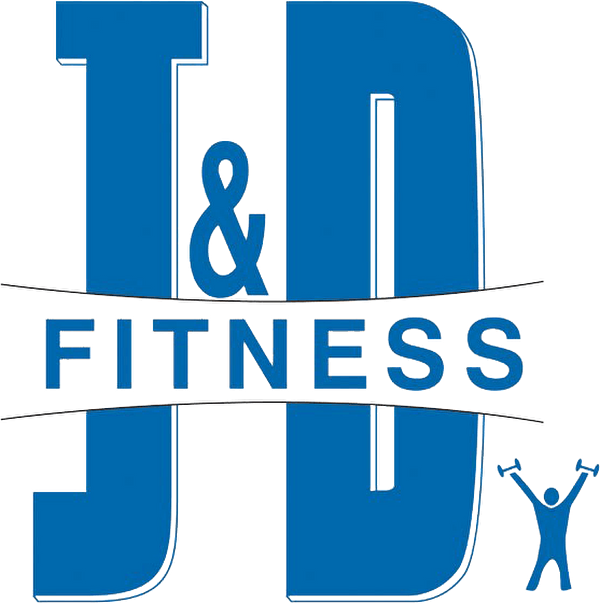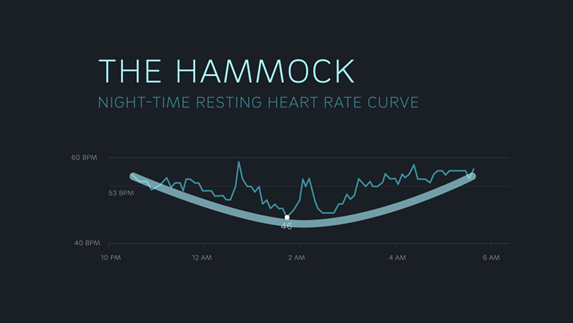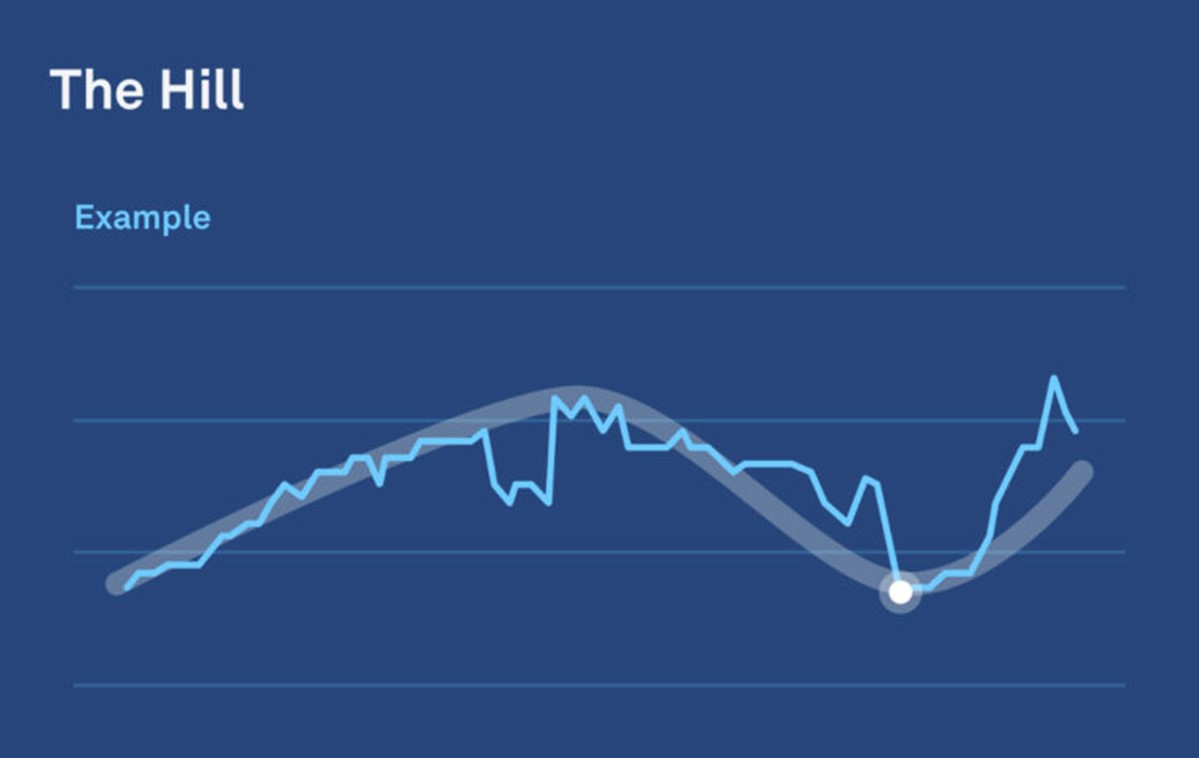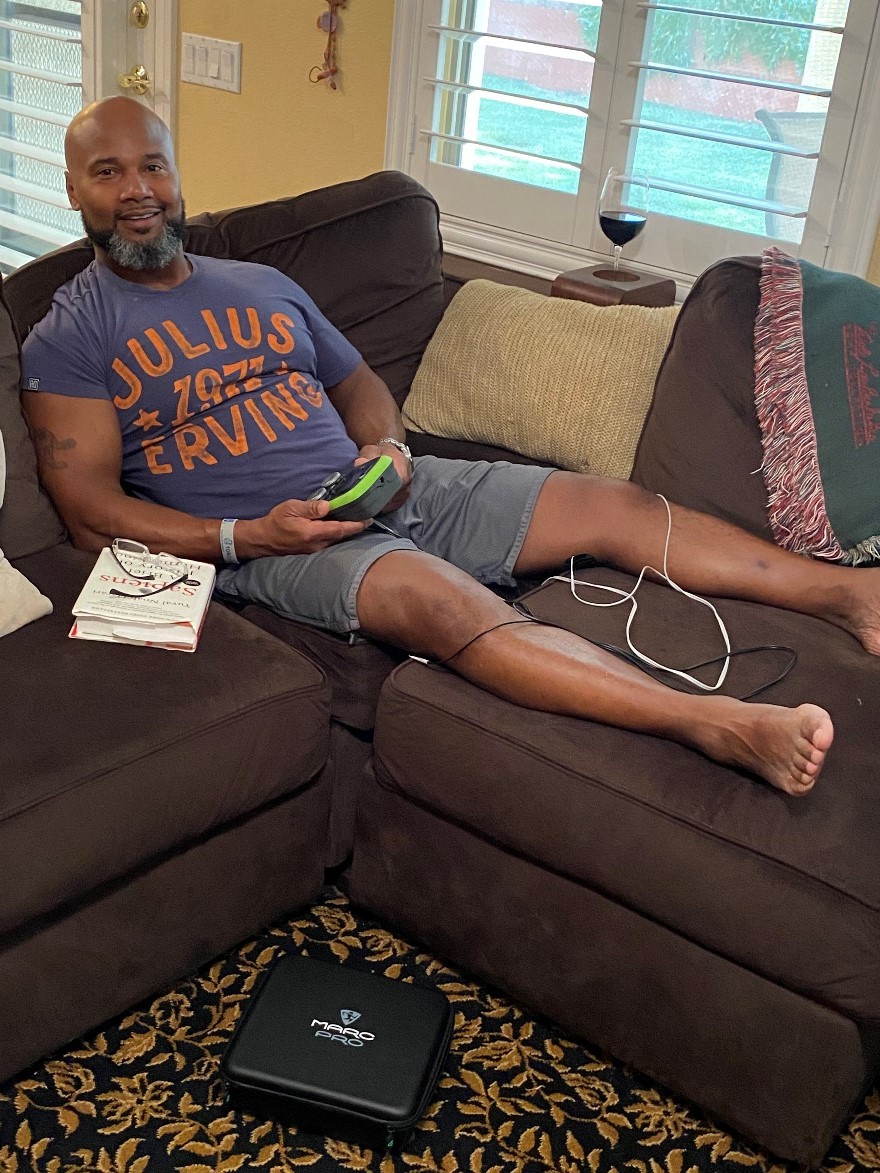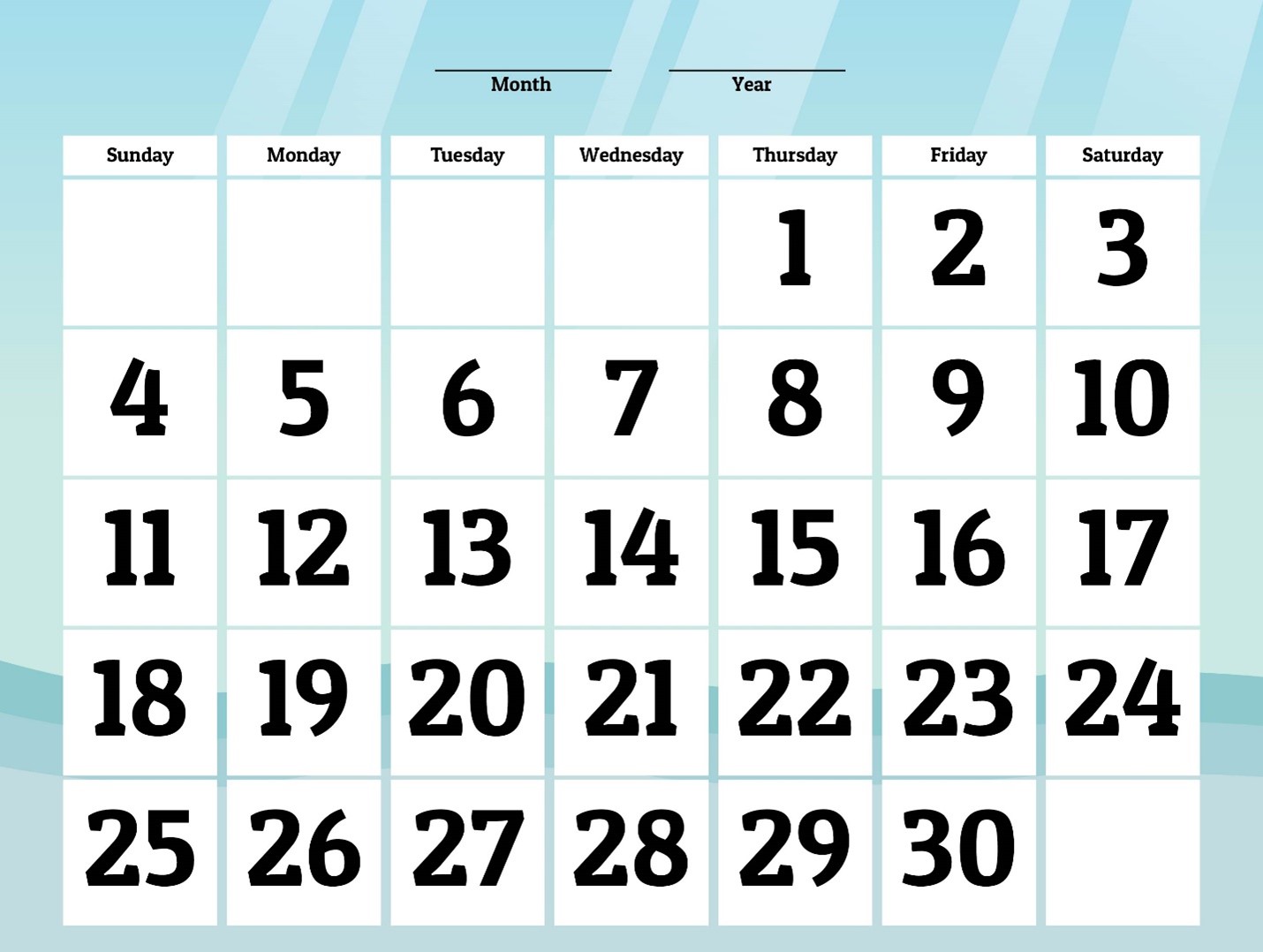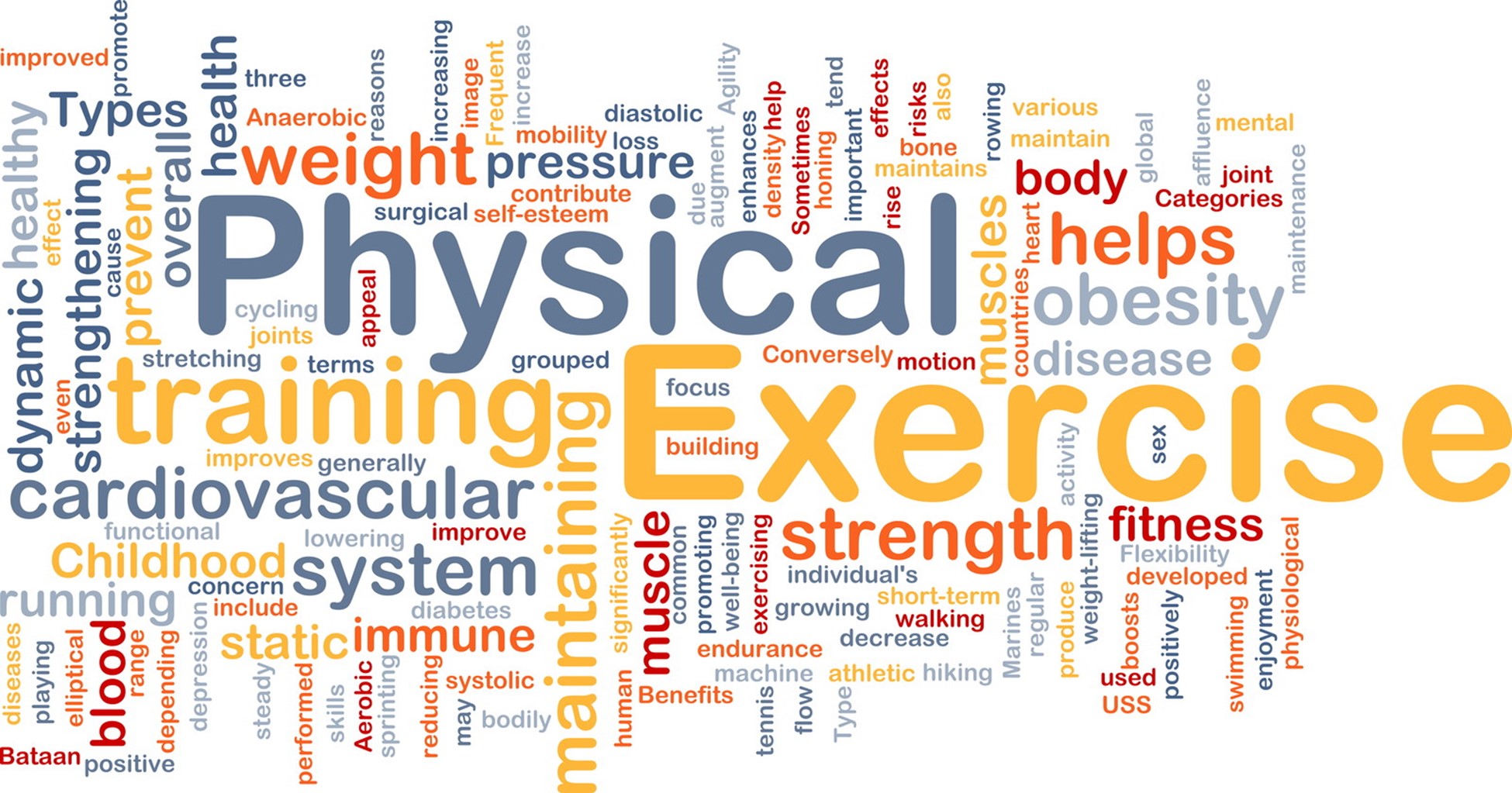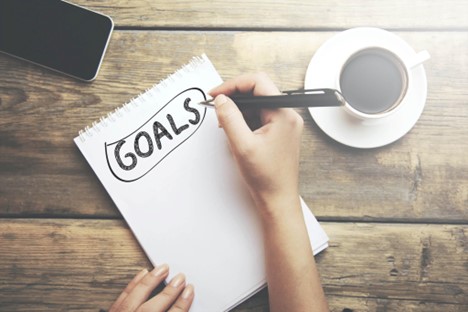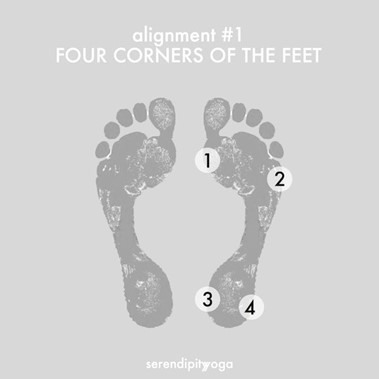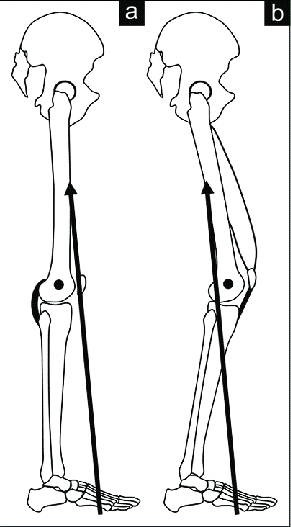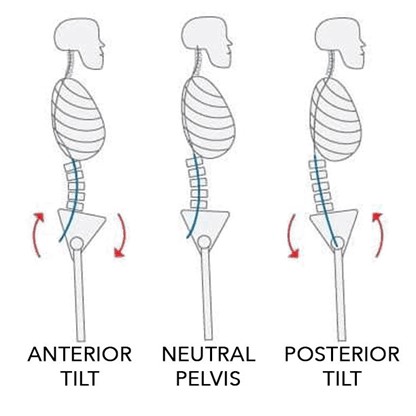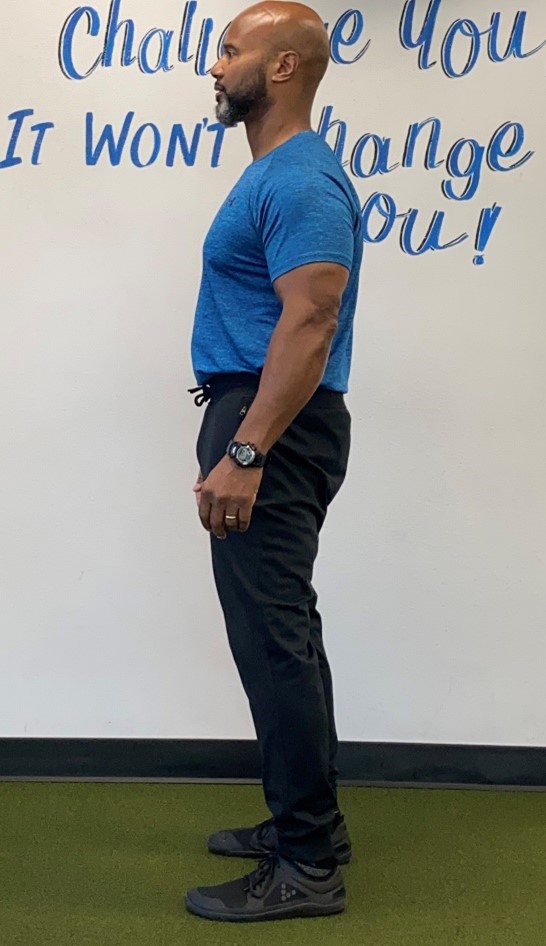Has this ever happened to you? You’re watching a movie that you have watched several times before. You know the movie well. You can recite lines of dialogue. A scene happens, there’s a comment or a subtle joke that never clicked prior to that moment. You get it now. That “Aha” moment. In this era, where our daily inputs are overloaded from emails, frequent text messages, and social media our brains can approach everything with a quick scan. We treat everything like a speed-reading course. That approach can carry over to everything, including how we perform our exercise.
Nick Winkleman is a PhD and is the head of athletic performance and science for the Irish Rugby Football Union. I met him when he was in the states working for Athletes Performance training athletes in the NFL, NBA, USTA, and other professions. He authored a wonderful book a few years back titled, The Language of Coaching/ The Art & Science of Teaching Movement. I can remember reading it for the first time, and immediately ordering copies for all my coaches. Teaching people how to move is an art. It requires communication from the coach and concentration from the people who are being coached.
It takes only a few moments for me to identify a trainer that has never coached anyone before. It isn’t a lack of knowledge or information. It can be years of learning solely in a classroom and the lack of practical experience that can have them tripping over their words and sounding confused. It’s my belief that the transition for a coach starts to happen when they start to anticipate the mistake of the participant. The magic of using the perfect cue that helps the person make the correction. Then, coupling it with feedback on what they should “feel.” The moment the cue used by the coach resonates with the person trying to perform the task can have a light switch turned on moment. It can almost feel like when you realized the character Bruce Willis plays in the movie Sixth Sense has been dead the whole time. Aha!
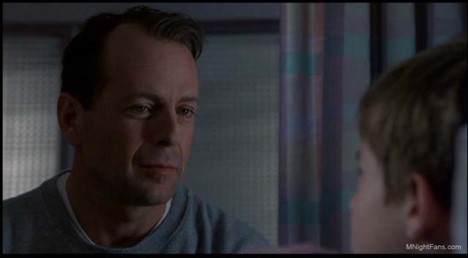
For the person being trained, the challenge can be focus. Intuitively, we know that to focus on something means that we can’t focus on everything. This is why you stop talking to the passenger in your car or turn down the music as you approach unexpected traffic on a freeway. Thinking about the text message you received right before you started training, the appointment you have tomorrow at work, and what you’re going to have for dinner tonight can cloud the cue to “drive your hips back, like you’re attempting to tap the wall behind you.” As the adage goes, you can lead a horse to water, but you can’t force them to drink. At the studio we use simple cues to keep things, well, simple.
People have not stopped moving, but they have stopped moving well. The evolution of technology has made our lives better, but it has come at a cost. Don’t believe me, just observe the average posture next time you’re at the grocery store. I’m not removed from this, as I write this post at my desktop computer seated for the last hour. My message to you is this. Slow down and think about what you’re doing when you train. Don’t adopt the approach of racing through to get to the next task. Stop to think about how you’re using your feet. Be mindful of your posture. Breathe! Be deliberate with your training. Remember, sometimes the best thing you can do is to slow down. You just might be pleasantly surprised when that exercise you’ve been doing for years finally clicks and you have that moment. That aha moment.
I’ll see you at the studio.
